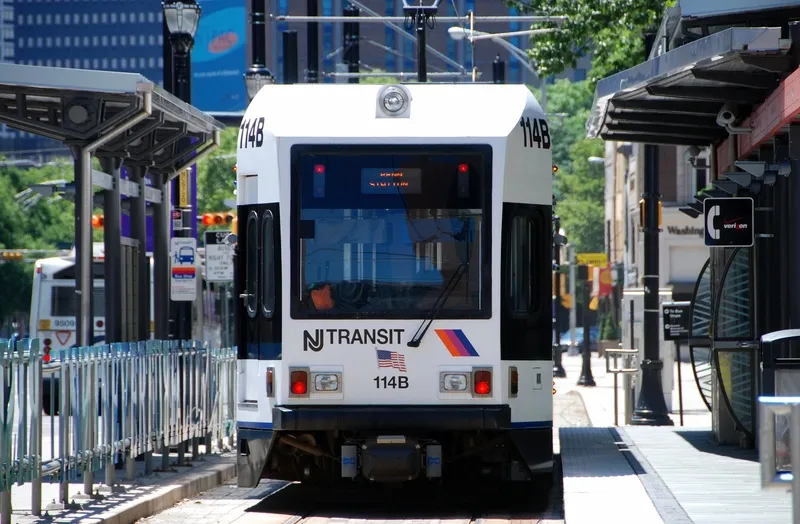UK parking equipment specialist APT Skidata is to install, service and maintain new parking control and management systems at the DTZ-managed Telford Shopping Centre in the UK.
The contract will see the company upgrade and replace the technology it installed more than 13 years ago, during which time it has processed approximately 150 million vehicles and payments across the centre’s 52-acre site. New hardware and software will be installed to cover the 32 entry and exit lanes to allow for 3,750 parking s
June 29, 2015
Read time: 2 mins
UK parking equipment specialist 1774 APT Skidata is to install, service and maintain new parking control and management systems at the DTZ-managed Telford Shopping Centre in the UK.
The contract will see the company upgrade and replace the technology it installed more than 13 years ago, during which time it has processed approximately 150 million vehicles and payments across the centre’s 52-acre site. New hardware and software will be installed to cover the 32 entry and exit lanes to allow for 3,750 parking spaces at the 160-store shopping centre.
The entry and exit lanes will benefit from new Power.Gate control columns working in conjunction with the latest Barrier.Gate access control systems. These provide customers with large colour graphic displays and easy-to-follow instructions. The company will also install 21 Easy.Cash payment stations, which have the latest PED3 chip and pin technology to ensure an accelerated payment process for the customer whilst safeguarding revenue streams for the operator.
All new system devices will be fitted with the latest digital voice over IP (VoIP) intercoms to further improve the customer experience. The digital technology delivers 100-percent uplift in the clarity of speech in both directions compared to the original analogue solution.
APT Skidata will also install its Park.Logic 8 software that effectively centralises all system management, monitoring and reporting functions in one location to give simple maximum ease-of-use for the centre’s parking management team.
The contract will see the company upgrade and replace the technology it installed more than 13 years ago, during which time it has processed approximately 150 million vehicles and payments across the centre’s 52-acre site. New hardware and software will be installed to cover the 32 entry and exit lanes to allow for 3,750 parking spaces at the 160-store shopping centre.
The entry and exit lanes will benefit from new Power.Gate control columns working in conjunction with the latest Barrier.Gate access control systems. These provide customers with large colour graphic displays and easy-to-follow instructions. The company will also install 21 Easy.Cash payment stations, which have the latest PED3 chip and pin technology to ensure an accelerated payment process for the customer whilst safeguarding revenue streams for the operator.
All new system devices will be fitted with the latest digital voice over IP (VoIP) intercoms to further improve the customer experience. The digital technology delivers 100-percent uplift in the clarity of speech in both directions compared to the original analogue solution.
APT Skidata will also install its Park.Logic 8 software that effectively centralises all system management, monitoring and reporting functions in one location to give simple maximum ease-of-use for the centre’s parking management team.









